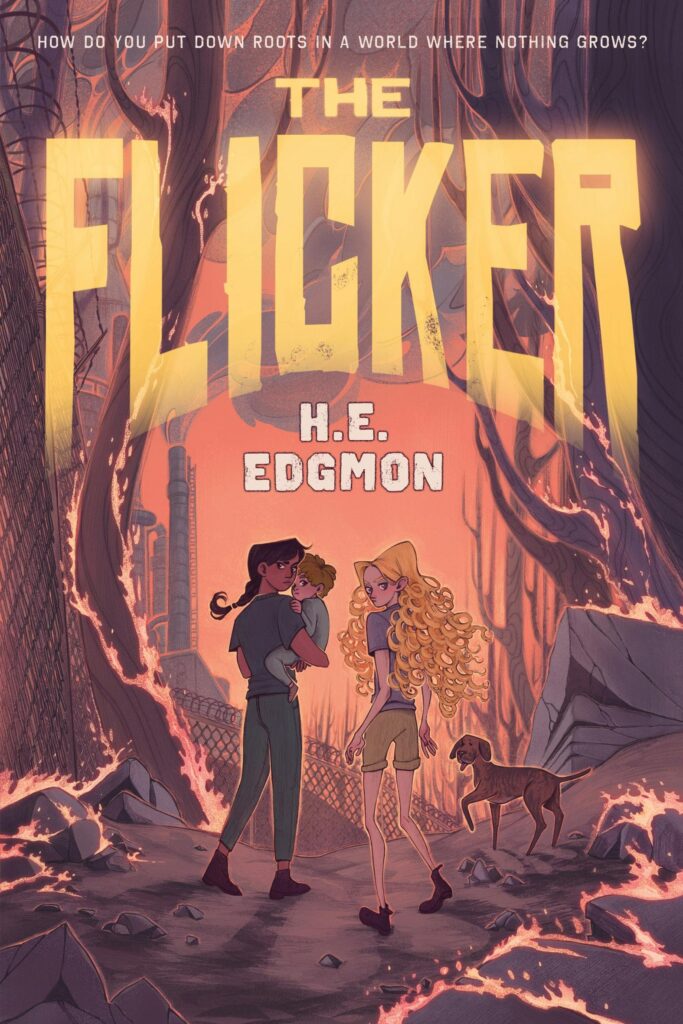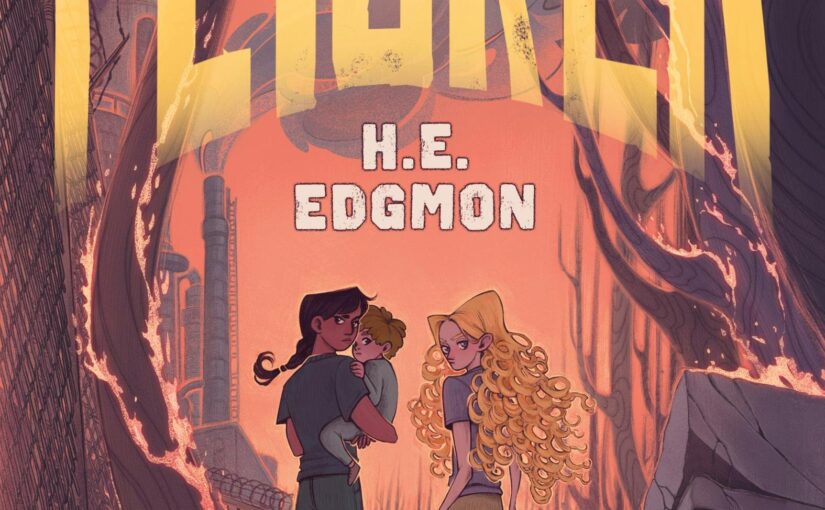Seasons Change as the classic song from Expose goes. And while some trends in mglit might ebb and flow, the dystopian, end-of-the-world novel with a plucky, female heroine will never die. The Flicker is an entry into that genre that wants to accomplish so much but ends up tripping over its intended inclusiveness. It’s challenging to find a sympathetic or interesting character in the first 85% of the book, and the lengths that it went to in order to check off virtue signal boxes has us recalling that classic Keanu Reeves scene from Always Be My Maybe.

A solar flare has burned the Earth down to its nub killing most of the population. Millie and Rose are sisters walking to their grandmother’s house in South Carolina, who they are certain is alive. They’re with their infant half-brother and lab-mix Corncob scavenging for canned goods or other non-expired things to eat. On the way there they meet the Lost Boys, a small group of kids who were spared death while at summer camp with their young adult leader.
Once they visit the grandmother’s house and see that it’s empty, they continue their search for the Hive. The Hive is a group of people who have been hoarding supplies for the past year and probably caused global warming which precipitated the life-extinguishing solar flare. Will the group find the Hive’s headquarters, be able to infiltrate them, and discover the good people who live in the Sanctuary?
The goal of the book, if readers are to infer from the author’s bio and their publisher’s notes is that The Flicker wants to weave in aspects of Indigenous people’s history and rights, as well as various social causes. Mglit with a message is nothing new. However, in The Flicker, the message is peppered around characters who aren’t endearing at best and annoying at worst.
It’s the apocalypse and to their knowledge, there are only six people on the planet, with one of them being transsexual. That person is questioned about their gender and who they like, only to have one their peers come to their defense. Yes, the apocalypse has happened and transsexuals are impacted the most.
The envy, disdain, jealousy, and hatred the group holds for the Hive is distracting and takes too long to pay off. The group has more in common with anarchists than post-apocalyptic survivors. You don’t know where you’re next meal is coming from, quit whining about the Hive, find some food and build a shelter. It also doesn’t help that their moniker is the same as the much more enjoyable group from Teen Titans Go!. A heel is only as effective as the good will that they’re supposedly against, and because the protagonists in The Flicker are as whiny as a bunch of Napa Valley grapes it makes their buildup somewhat sus.
When the group finally finds the Hive’s secret lair they’re alarmed that the mysterious people seem friendly. This quickly changes when one of them becomes too friendly with the Hive and thinks about joining them. Thankfully nobody has too much time to think about this because the freedom fighters from the Sanctuary have discovered their hideout also and are attacking it with firepower.
So, if the good group from the Sanctuary has been stockpiling weapons and food too, aren’t they just as bad as the Hive? No, the Hive, with their tech billionaire leader, Jimmy Murk caused this fire-drenched landscape so he’s bad. Oh, and our original group of five survivors can enter the Hive’s hideout because one of them pretends to be Murk’s daughter. When the good fighters from the Sanctuary raid the Hive’s facility, Millie’s grandmother is shown to be one of the ones with them, just before she passes out.
There’s a line in the book where one of the younger characters is being stared by a young adult and something about them “feels…..gender,.” As a reader I simply want to engage in something quality, it may or may not have a message, but at least have it make sense. What does “feels…..gender,” even mean? There are other instances in the book that have more message than they do in having a point to the plot of the story.
I am with young readers every day in school, and I use that term loosely because most of them do not read for fun. However, if they do read for fun, they want it to be fun, which The Flicker is not. Its level of pretension, even set amongst other mglit dystopian novels makes it seem, at least for a faint moment that it’s aiming at a sublime level of ironic self-awareness like that scene from Always Be My Maybe.
In that scene, Keanu Reeves goes to a restaurant that regular people hope doesn’t exist but is probably similar to places that most folks can’t afford. They listen to the sounds of the animals they’re about to consume. They would probably read The Flicker while debating which young actress could play Millie and how Eric Roberts would play a great Jimmy Murk. Thankfully one of those is intended to be comic and aware, while the other one is mglit that young readers probably won’t accidentally read.
The Flicker is by H.E. Edgmon and is available on Feiwel & Friends, an imprint of Macmillan Publishers.
There are affiliate links in this post.





 Facebook
Facebook Twitter
Twitter Flickr
Flickr GooglePlus
GooglePlus Youtube
Youtube